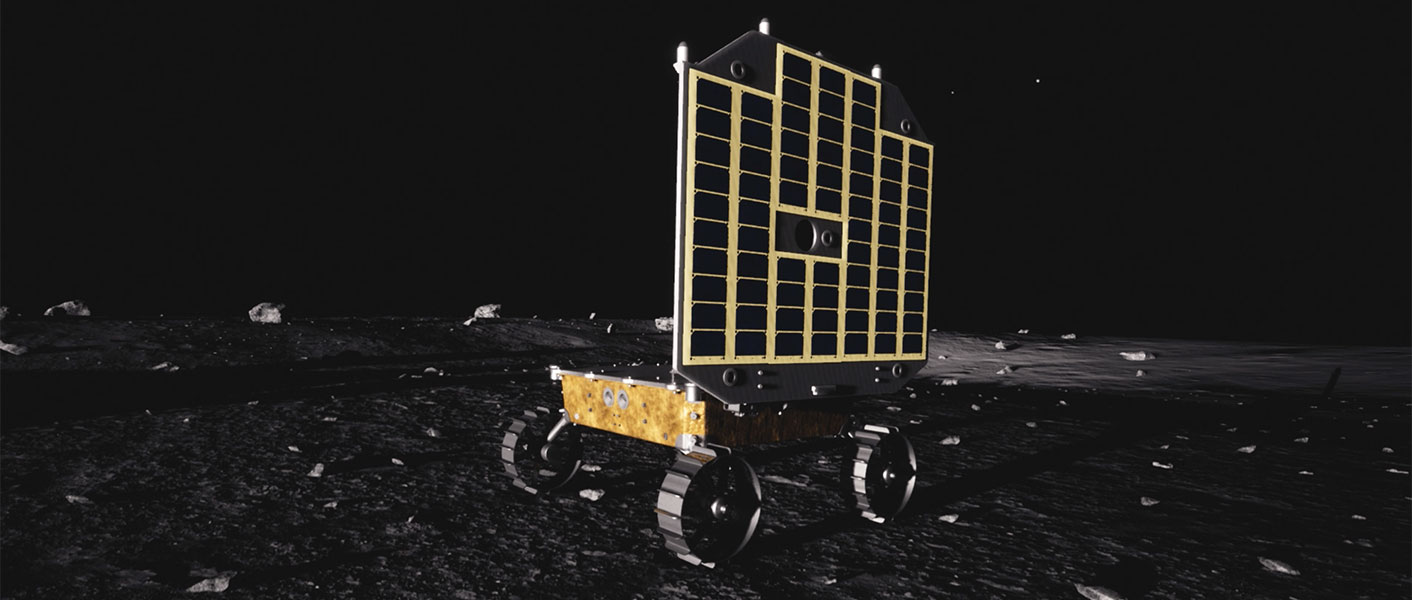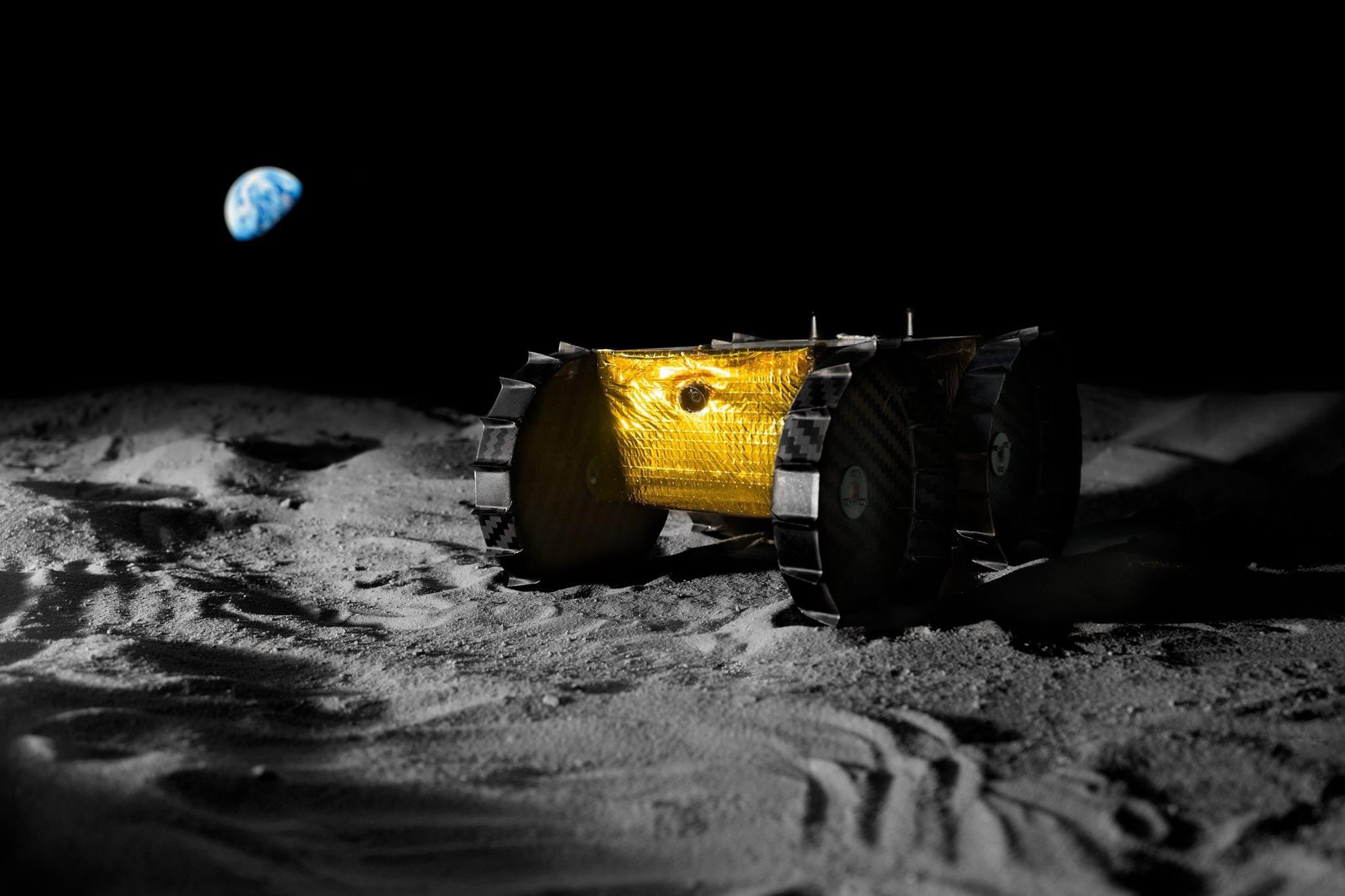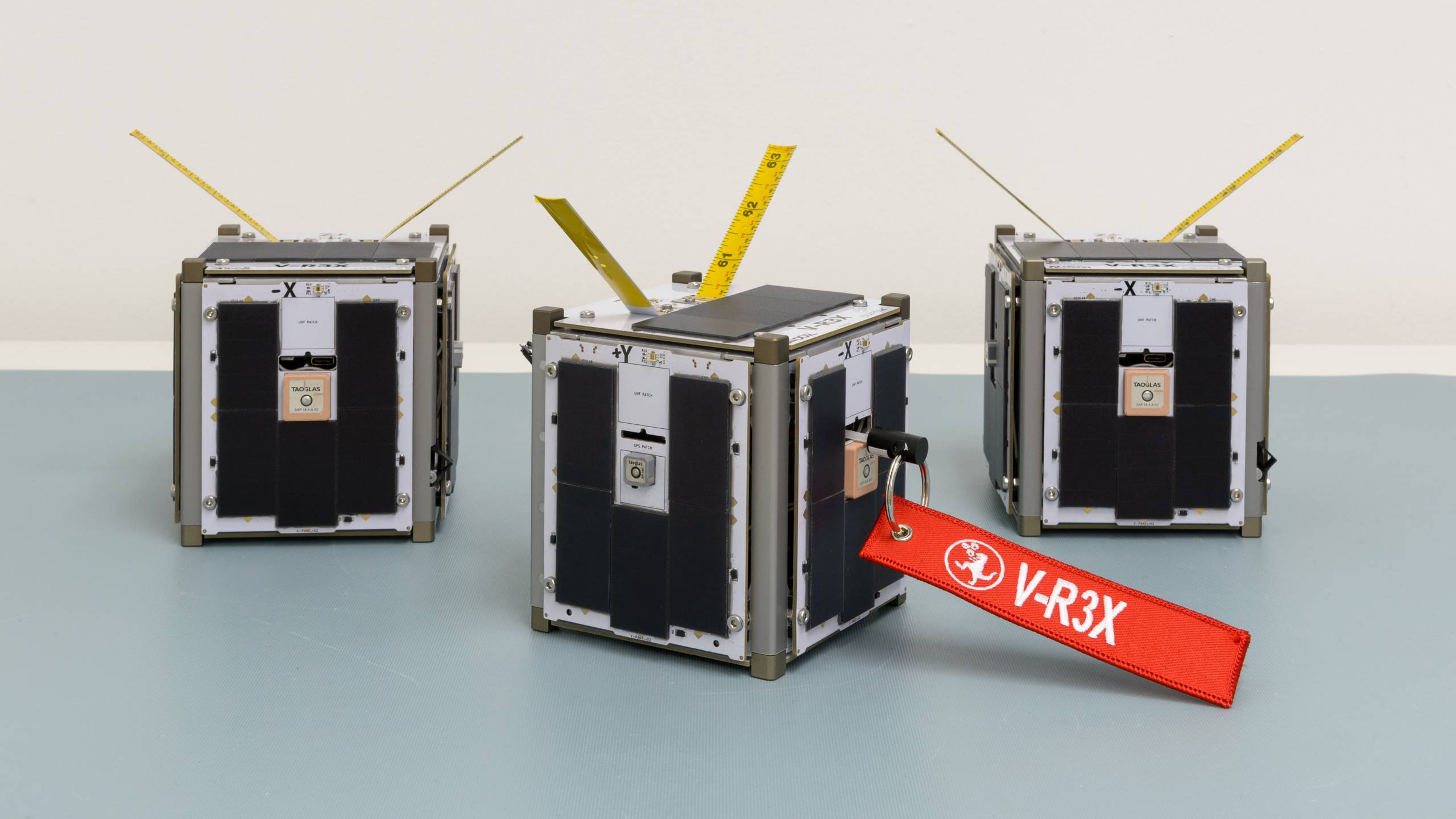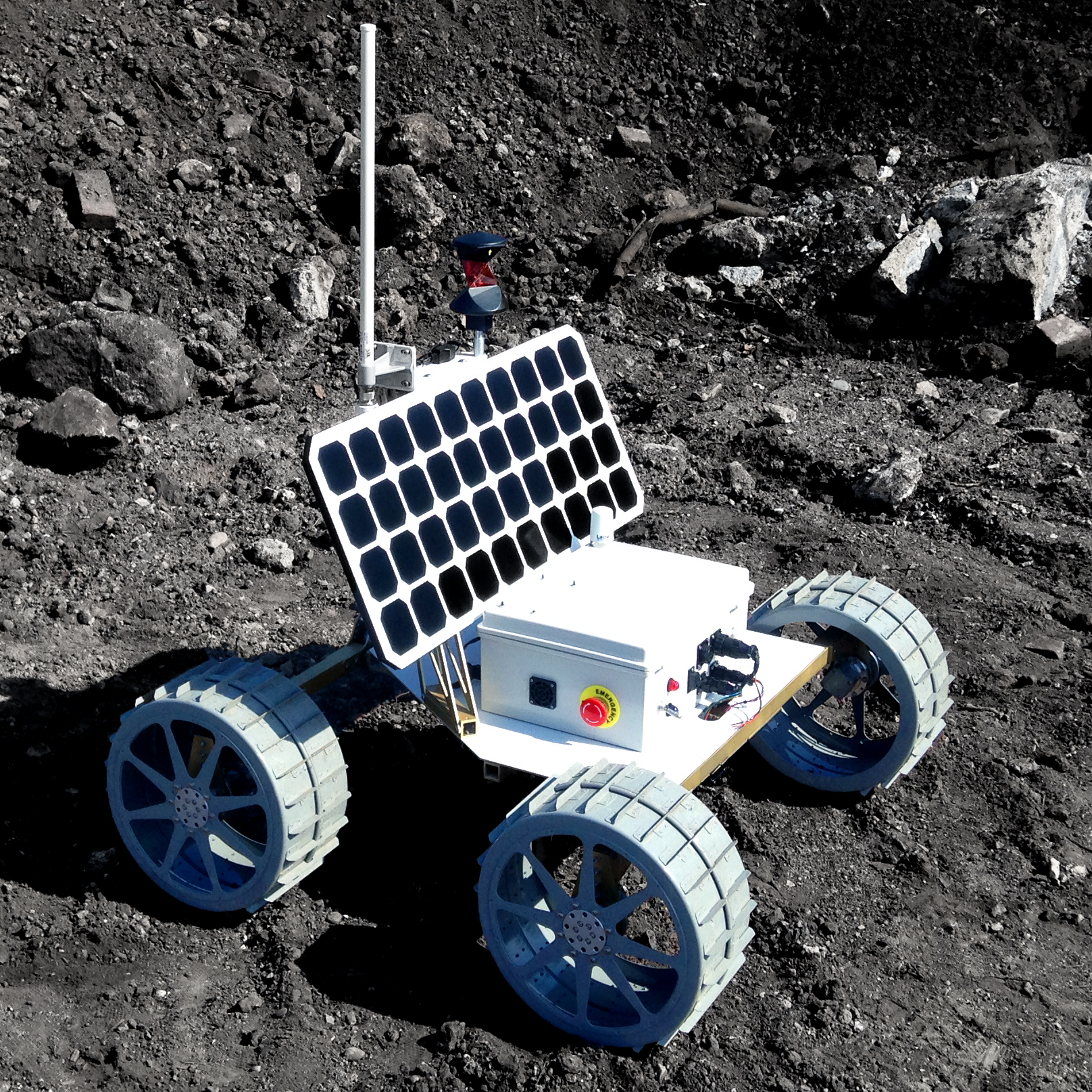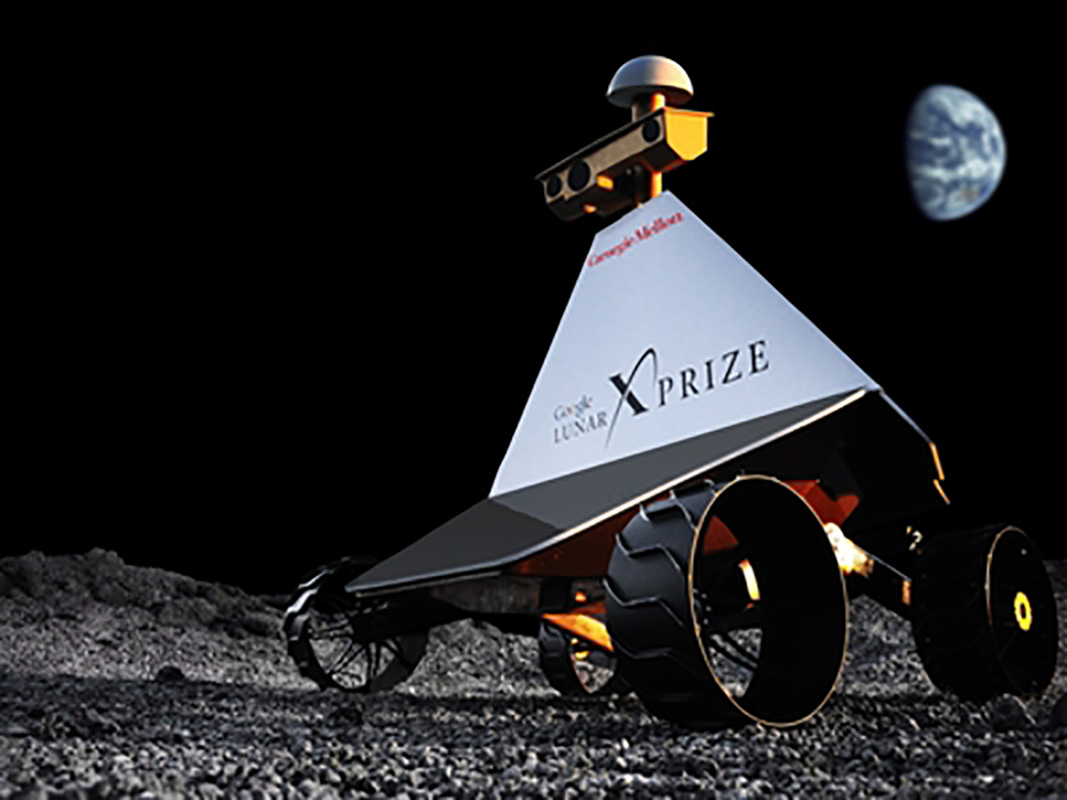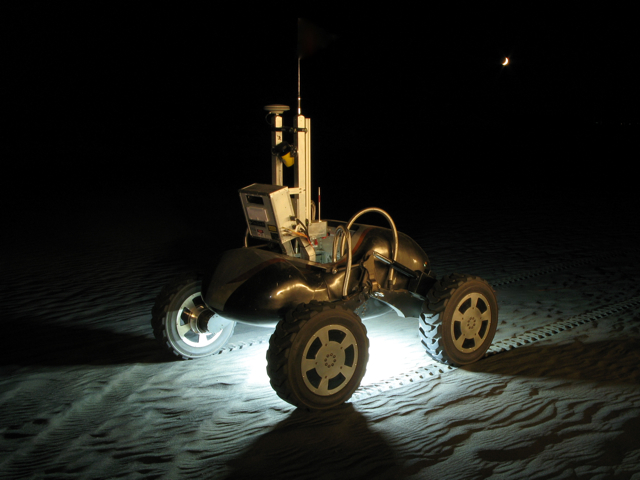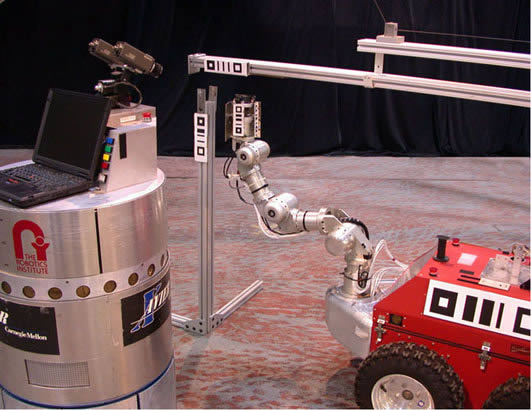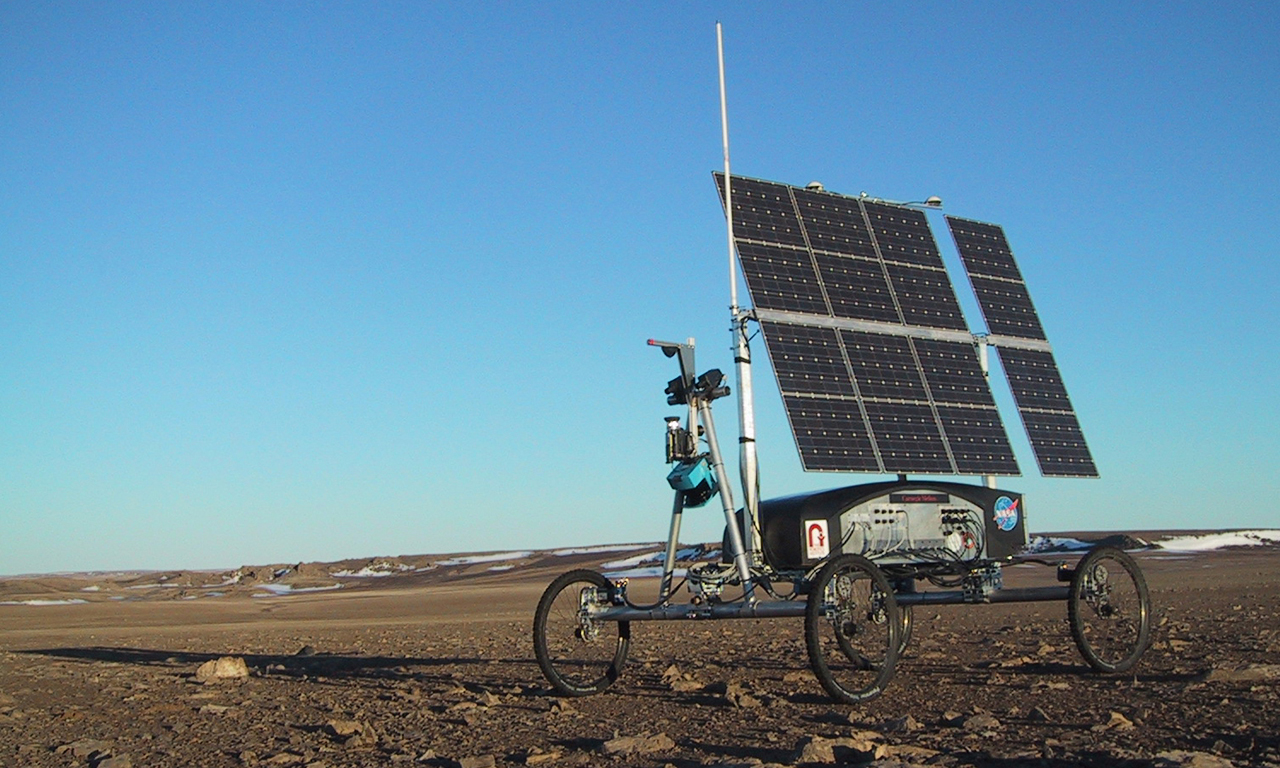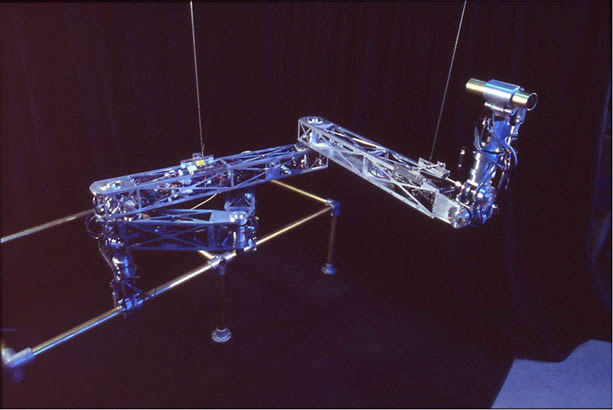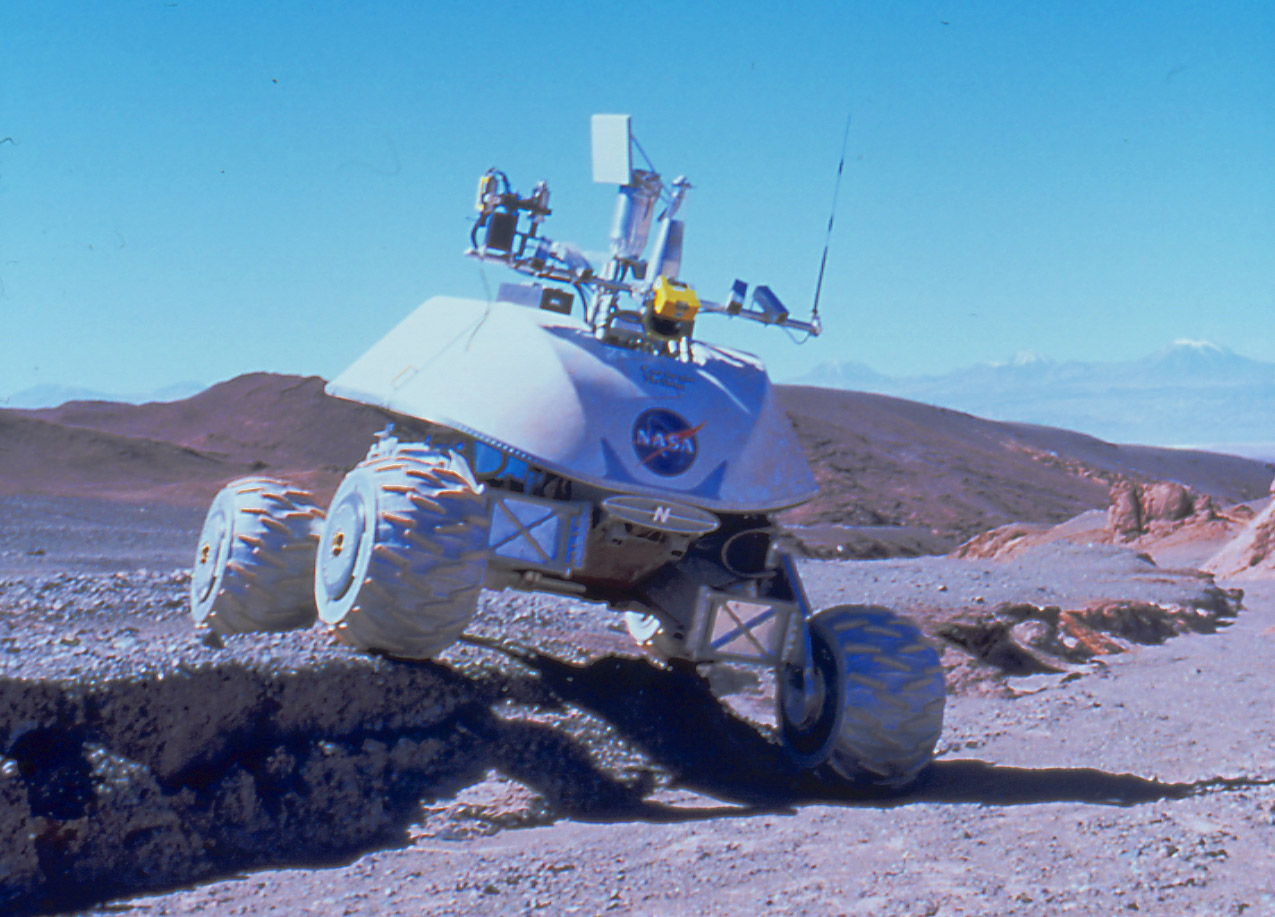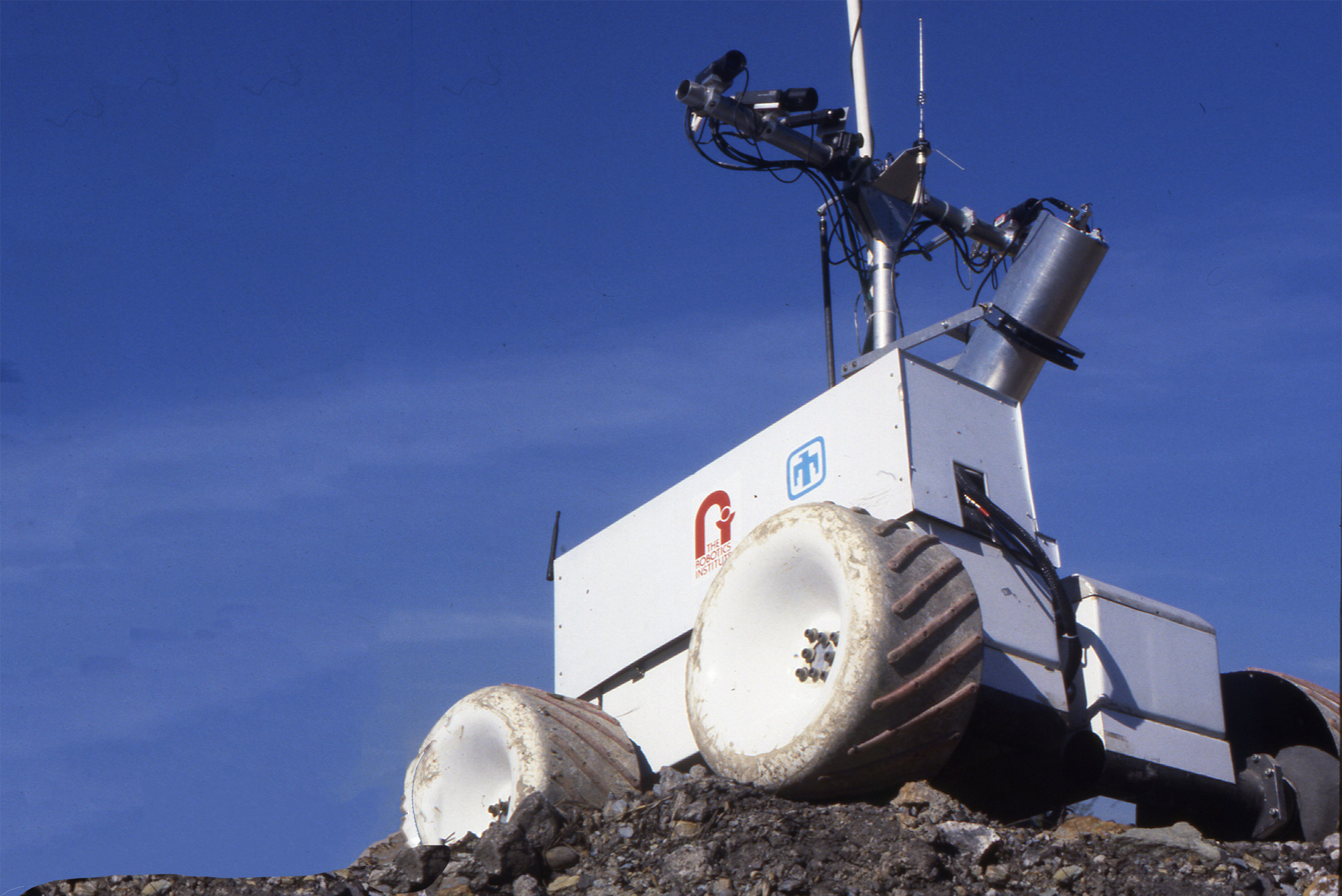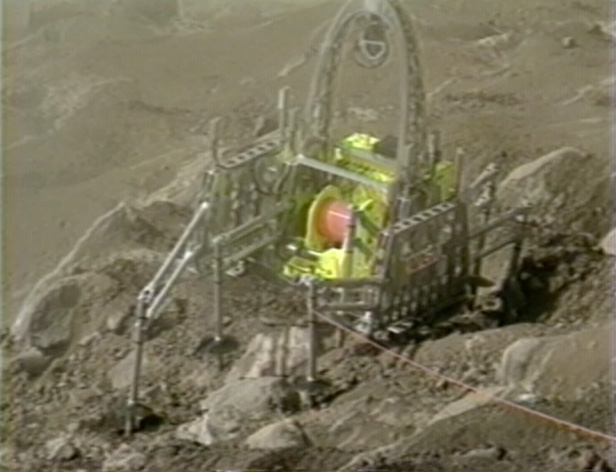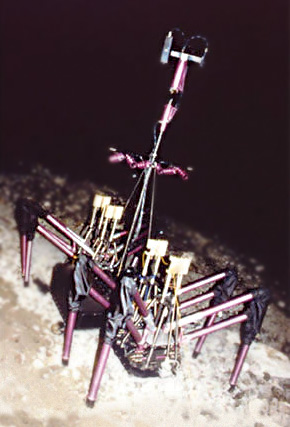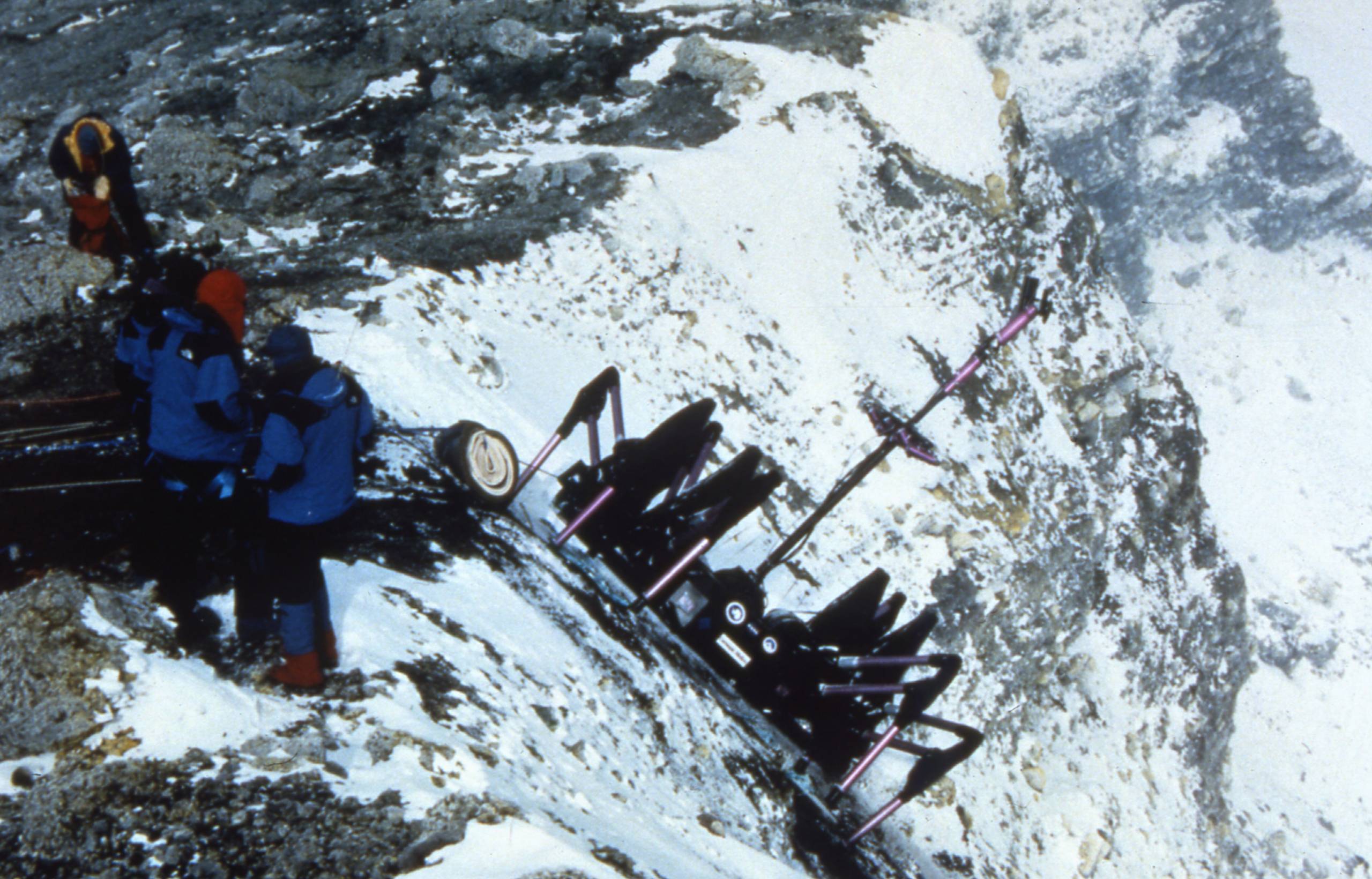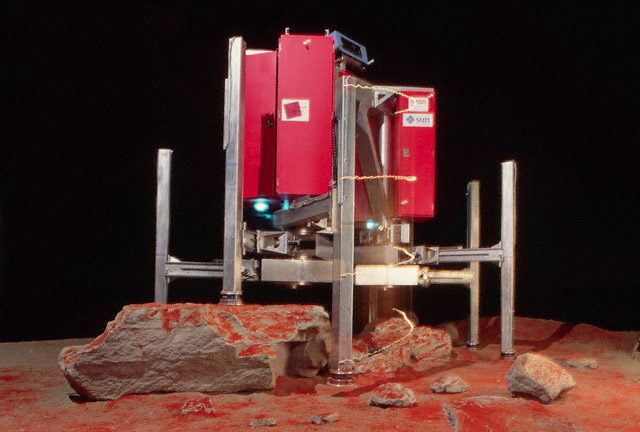.
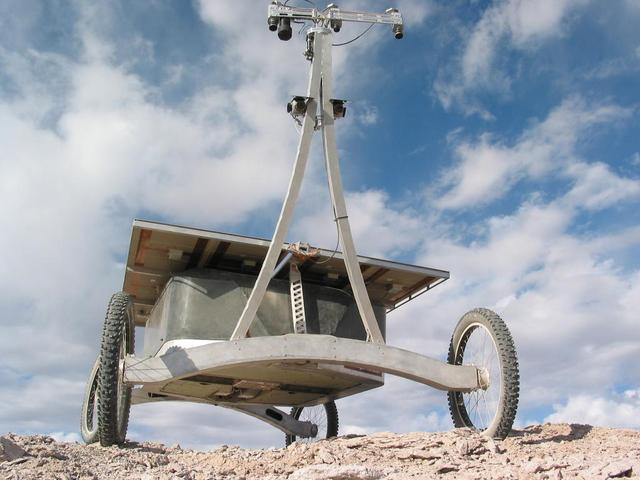
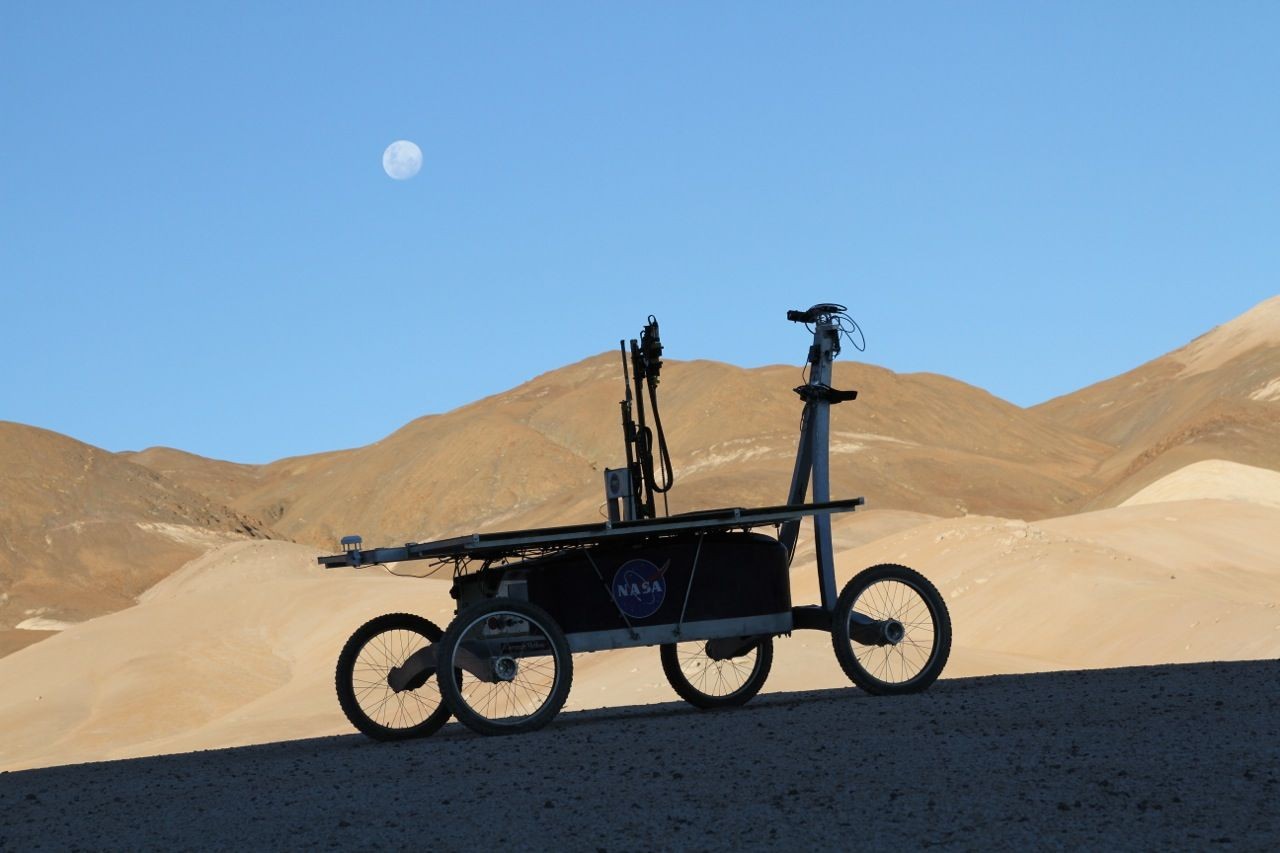
` Alex Krause2023-05-24T10:10:11-04:00 Space Exploration
The Robotics Institute at Carnegie Mellon University has a strong legacy in building robots for space exploration. As NASA’s most significant partner in space robotics research since the 1980s, several robotic systems have been designed, built and tested in extreme conditions such as the arctic, the driest desert, inside a volcano and deep underwater.
Technologies created at the Robotics Institute have already found their way into the solar system and the work continues with the upcoming lunar landings of MoonRanger and Iris.
MoonRanger


2004
Equipped with specialized sensors, Zoe roams the Atacama desert in search of life. Just like its predecessor Hyperion, Zoe has an array of solar cells to collect energy from the sun and plan its day to maximize science returns while maintaining battery levels.
Zoë made trips to Arizona and Utah in 2023 and 2024 and continues to be an exploring workhorse!

